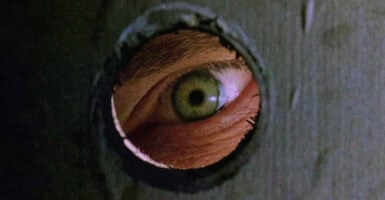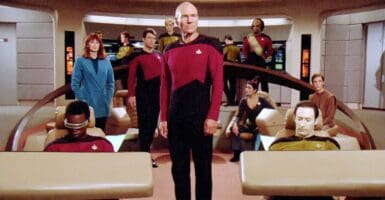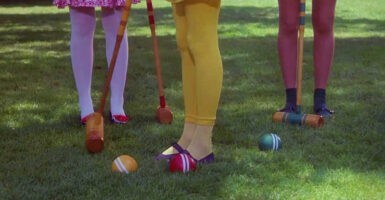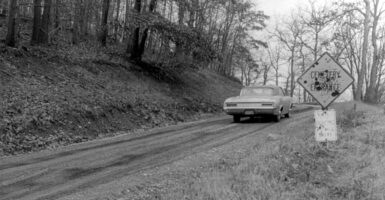The Most Beloved Horror Classic Has The Most Complicated Canon Ever
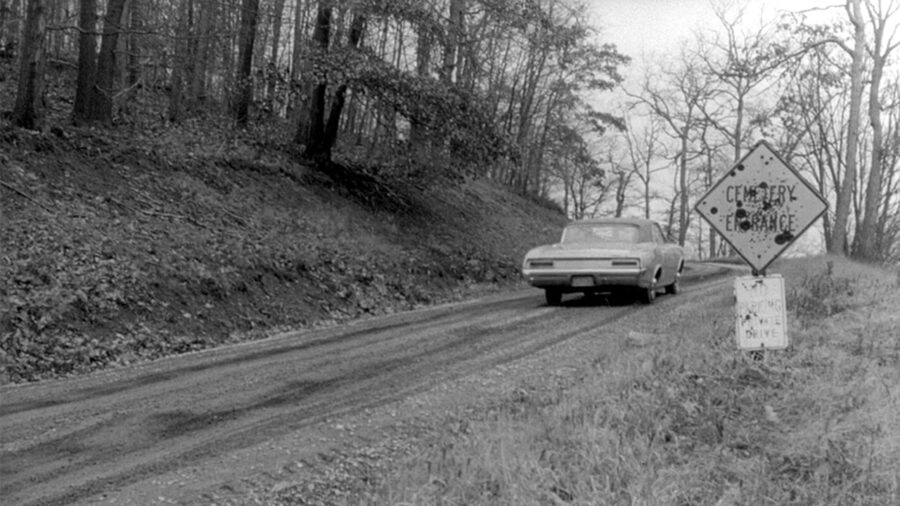
If I asked you which horror movie spawned the most convoluted mess of sequels, remakes, and spinoffs, you’d probably guess something like Halloween or Texas Chainsaw Massacre, right? Believe it or not, it’s not a slasher franchise. Night of the Living Dead has by far the most complicated canon in not just the horror genre but cinema as a whole.
So Many Living Dead Spinoffs
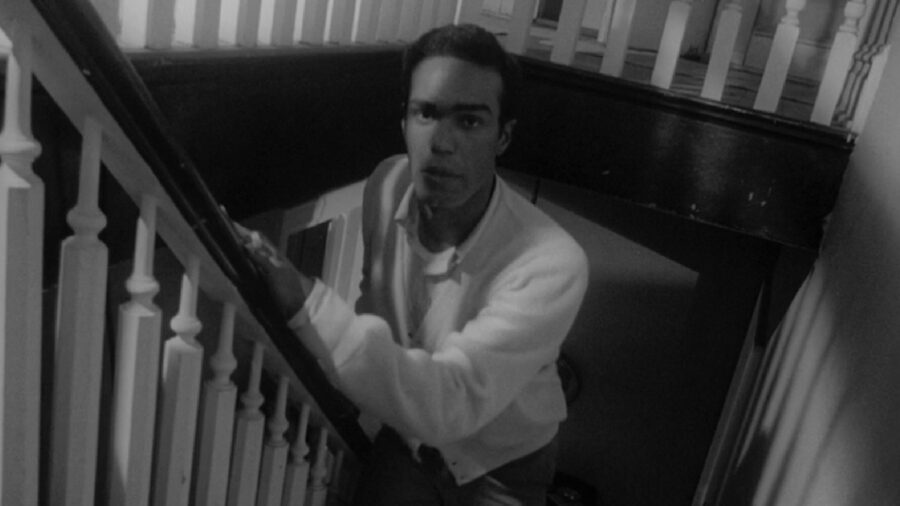
There are dozens—yes, dozens, plural—of movies spun off from Night of the Living Dead. Chances are good you were aware of at least one or two. Even non-Zombie fans are familiar with titles like Dawn of the Dead and Return of the Living Dead. Much less known, however, are the obscure entries in the Living Dead family, like Zombi 2 or Children of the Living Dead.
Night of the Living Dead has a canon like no other movie, and it’s all because of an unrelated 1964 film no one has heard of called The Flesh Eaters. Originally, George Romero was going to release Night of the Living Dead under the name Night of the Flesh Eaters—prints of the film bearing that title were already created and ready to go. However, a last-minute legal threat from the creators of The Flesh Eaters caused the title to be changed to the now iconic Night of the Living Dead.
Unfortunately, the prints bearing the film’s new name were put together so quickly that someone forgot to add copyright notices to the opening titles and the end credits. As a result, the film has, since its original 1969 release, been in the public domain. Because of this, anyone who wants to can make a low-budget remake or sequel to the original film.
Are you starting to get the idea?
There Are The Official Ones
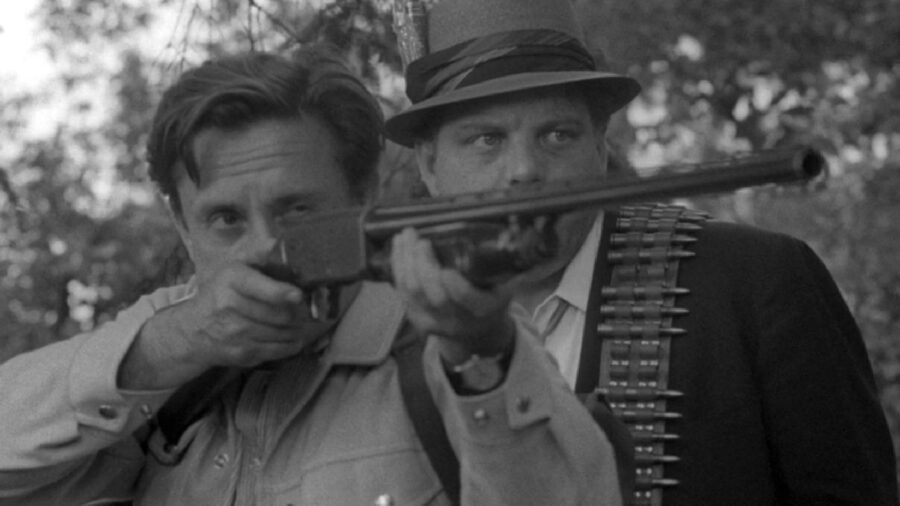
So let’s get into Night of the Living Dead‘s crazy-stupid canon by starting with the official follow-ups made by Night director George Romero himself. Romero made five sequels to Night of the Living Dead: Dawn of the Dead (1978), Day of the Dead (1985), Land of the Dead (2005), Diary of the Dead (2007), and Survival of the Dead (2009).
You may have noticed that George dropped the word “Living” after the first film. That’s because a dispute over how to handle sequels to Night of the Living Dead resulted in George Romero calling his films “…of the Dead” while NOTLD co-writer John Russo would be allowed to use “Living Dead” for his sequels should he make any. And oh boy, did Russo make a sequel…
John Russo
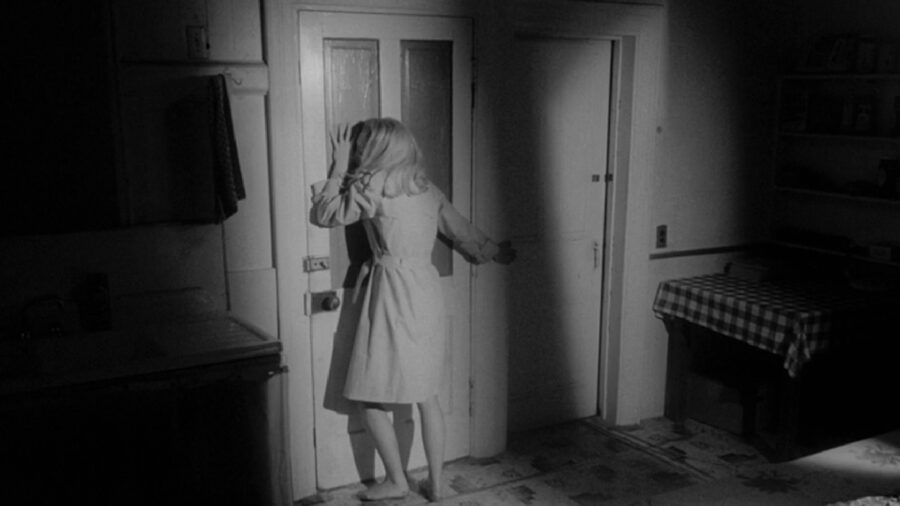
John Russo initially penned a 1978 sequel novel to Night of the Living Dead titled Return of the Living Dead that, while unconnected from Dawn of the Dead, was still considered canon to the original film. By all accounts, Return of the Living Dead, the novel was pretty bad—it doesn’t even have its own Wikipedia page—which is why the 1985 movie adaptation took nothing from it but the title.
Return of the Living Dead, the movie, however, was very good. It took place in an alternate reality in which Night of the Living Dead the movie was based on a real-world event in which chemicals designed by the military started reanimating corpses. The movie was well-received and spawned three sequels of its own: Return for the Living Dead Part II (1988), Return of the Living Dead 3 (1993), Return of the Dead: Necropolis (2005), and Return of the Living Dead: Rave to the Grave (2005). For anyone keeping count at home we’re now up to ten films in the Night of the Living Dead canon.
Across The Pond
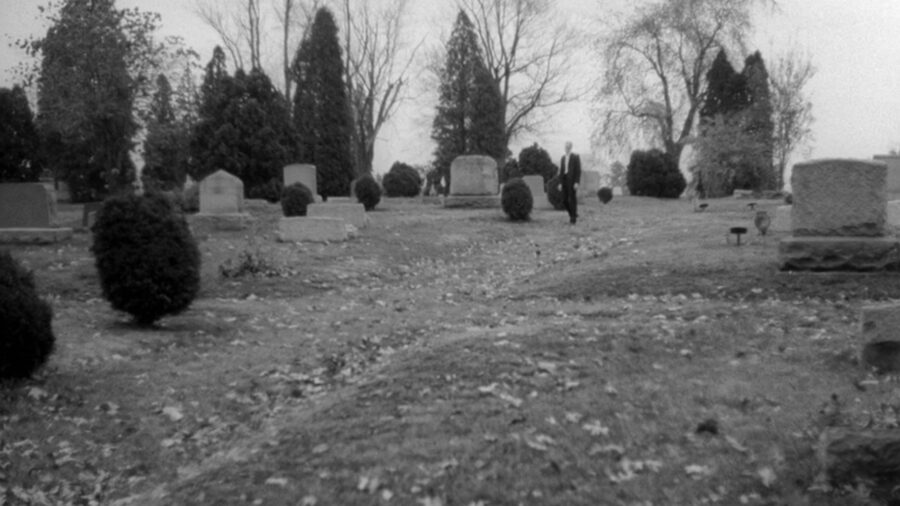
Meanwhile, in Europe, Italian director Dario Argento recut and restored Dawn of the Dead before releasing it under the title Zombi. Zombi did so well overseas that a different unrelated zombie movie already in production was renamed Zombi 2 (1979) so that it could be presented as a sequel to the renamed Dawn of the Dead. Zombi 2 in turn begat Zombi 3 (1988).
That brings the tally to what: 12 movies that are technically canon to Night of the Living Dead? I wish I were joking when I tell you that it only gets more confusing from here.
And Just So Many More
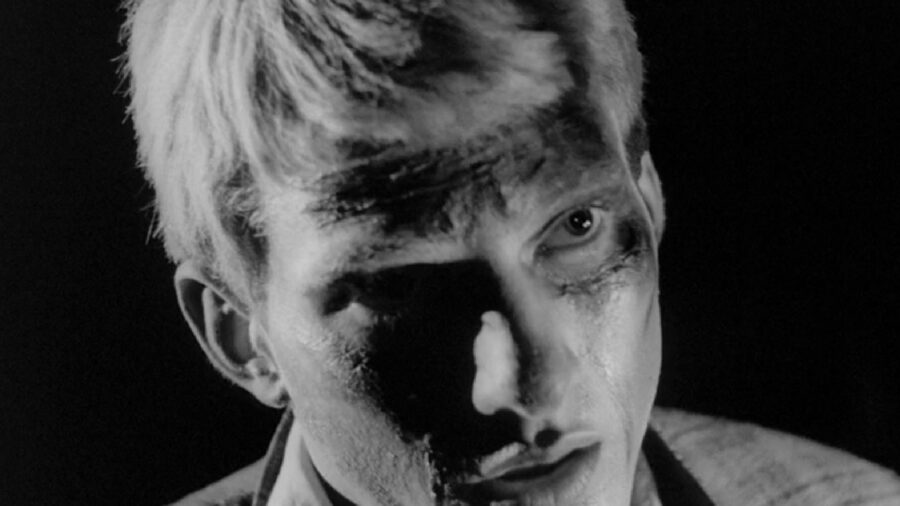
Let’s see, in Britain the series was titled Zombie Flesh Eaters and started with Zombi 2 instead of Dawn of the Dead. The Zombie Flesh Eaters series contains three movies in total and isn’t technically canon to NOTLD since it ignores Dawn.
You know what is canon, though? The German Zombie series, which does include Dawn but skips Zombi 2 for some weird reason. Back in America, Zombi 2 was released as Zombie and not connected to Dawn of the Dead.
The American Zombie series is still called Zombi 3 “Zombie 3“, however, even though it’s technically Zombie 2 for that series, and added two more films. What’s the count now? I lost track.
And Still More
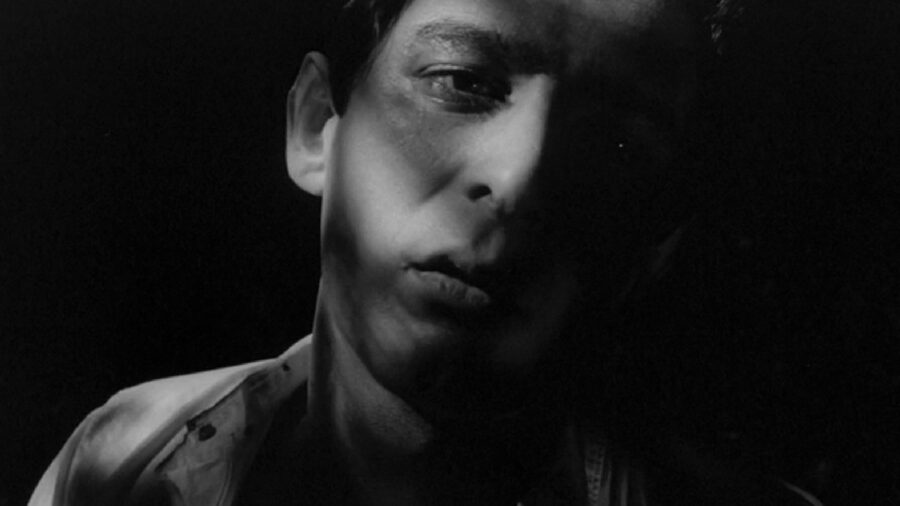
The Night of the Living Dead canon branched out yet again with the 30th Anniversary Edition (1999), which added new scenes to the original film, similar to Star Wars. This was once again the brainchild of our old friend John Russo, who seems to have spent the rest of his life after Night of the Living Dead doing his darndest to ruin its reputation.
Proof of that comes from the absolutely abysmal Children of the Living Dead (2001), a direct sequel to the Night of the Living Dead 30th Anniversary Edition. I have to point out that Children is only a sequel to the 30th Anniversary Edition and no other version of the film.
Someone Make A Chart
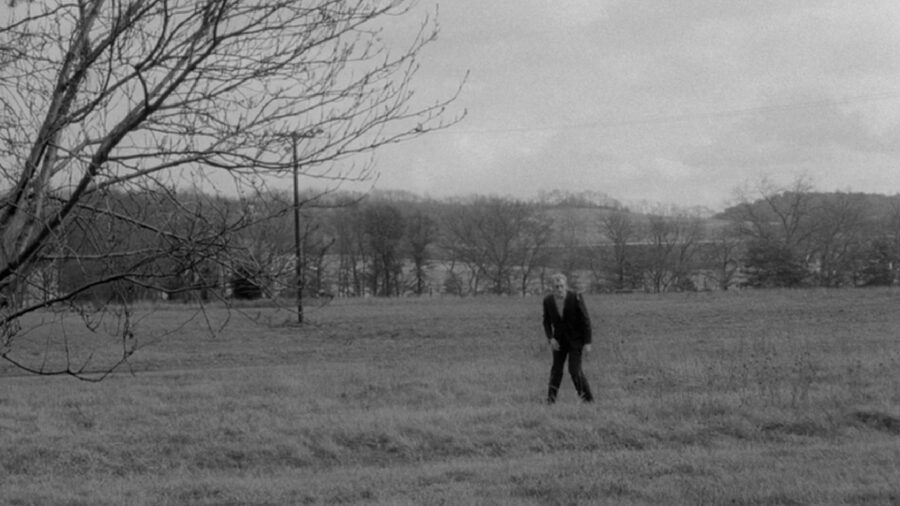
Because I care about our readers—and my fingers are getting tired—I’m not going to get too deep into the various remakes, reboots, and reimaginings of Night of the Living Dead and its sequels. Suffice it to say they vary wildly in quality from the criminally underrated Night of the Living Dead (1990) and the decent Zack Snyder Dawn of the Dead (2004) to the absolutely terrible Day of the Dead 2: Contagion (2005).
So there you have it. If you can find me a more convoluted pretzel of continuity than the Night of the Living Dead canon…I’ll call you a liar because there’s no way any movie in the history of cinema has spawned a more confusing lineage.
